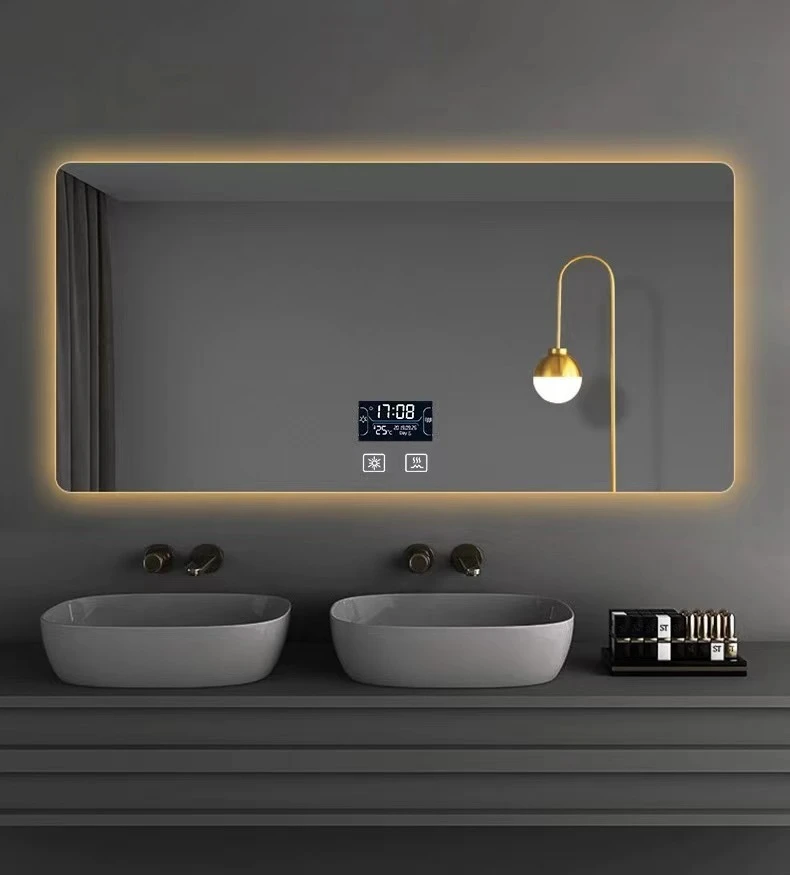

Exploring Pyrolytic Low-E Glass An Innovative Approach to Energy Efficiency
In the contemporary landscape of architectural design and sustainability, the demand for energy-efficient building materials is at an all-time high. One revolutionary product that has emerged in this arena is pyrolytic low-emissivity (low-E) glass. This innovative glazing solution not only optimizes energy performance but also enhances the aesthetic value of buildings, making it an ideal choice for modern construction.
What is Pyrolytic Low-E Glass?
At its core, low-E glass is a type of glass that is coated with a thin metallic layer specifically designed to reflect infrared light while allowing visible light to pass through. The term pyrolytic refers to the manufacturing process, which involves the application of the low-E coating through a pyrolytic process during the production of the glass. This process essentially fuses the coating with the glass, making it durable and resistant to scratching.
The pyrolytic method is known for its ability to achieve a strong bond between the coating and the glass surface. This results in a more robust product that can withstand the rigors of handling and installation, making it a preferred choice for builders and architects alike.
Energy Efficiency and Sustainability
One of the primary advantages of pyrolytic low-E glass is its exceptional energy efficiency. By reflecting heat back into a room during colder months and blocking excessive solar heat gain in the summer, it helps maintain a stable indoor temperature. This characteristic significantly reduces the reliance on heating and cooling systems, thereby lowering energy consumption and costs.
In an era where climate change and environmental sustainability are pressing issues, the adoption of low-E glass contributes to reducing carbon footprints and making buildings more environmentally friendly. According to studies, buildings equipped with low-E glass can experience energy savings of up to 50% compared to those with conventional glazing options.
Aesthetic Appeal

In addition to its functional benefits, pyrolytic low-E glass also offers aesthetic advantages. Its clarity and ability to transmit natural light create bright and inviting indoor environments. This quality not only enhances the ambiance of spaces but also reduces the need for artificial lighting, further promoting energy savings.
Architects and designers appreciate the versatility of low-E glass, as it can be integrated into various architectural styles, from modern skyscrapers to traditional homes. The ability to achieve different levels of solar control and light transmission enables professionals to tailor solutions that meet specific design requirements while prioritizing energy efficiency.
Lifecycle and Durability
Pyrolytic low-E glass is designed for longevity and durability. The pyrolytic process results in a coating that is baked into the glass, offering excellent resistance to environmental factors such as ultraviolet (UV) radiation, moisture, and temperature fluctuations. This resilience ensures that the performance of low-E glass remains effective over time, requiring minimal maintenance and thus reducing lifecycle costs for building owners.
Furthermore, the recyclability of glass contributes to a circular economy approach. At the end of its life, pyrolytic low-E glass can be recycled and repurposed, minimizing waste and supporting sustainable construction practices.
Conclusion
As the building industry continues to grapple with challenges related to energy consumption and sustainability, pyrolytic low-E glass stands out as a solution that addresses both practical and aesthetic needs. Its effective energy-saving properties, combined with its durability and design versatility, make it an excellent choice for architects and builders aiming to create innovative and sustainable spaces.
In embracing pyrolytic low-E glass, we not only enhance the functionality and beauty of our buildings but also contribute to a more sustainable future. As technology advances and the demand for eco-friendly options increases, the role of low-E glass in the architectural landscape is poised to grow, making it a pivotal player in the pursuit of energy-efficient designs and healthier living environments.